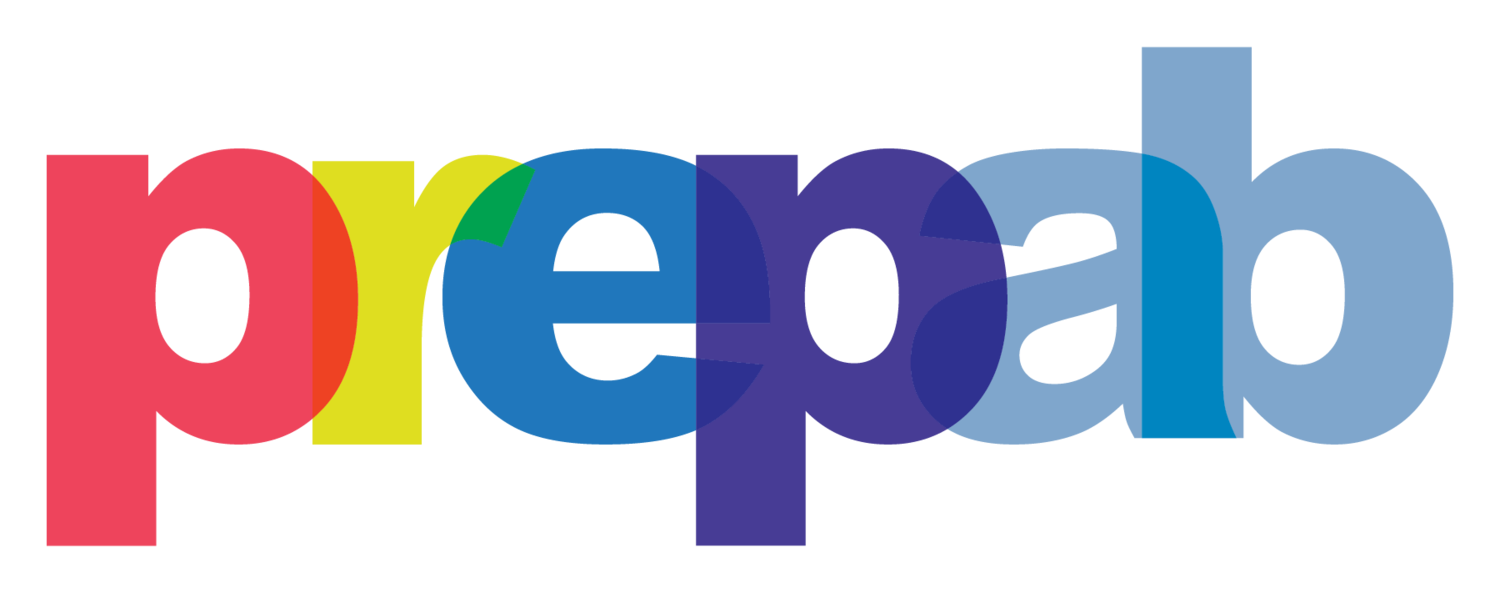
ACB Communities
PrEP Access: Barriers & Opportunities
The following are PrEP access barriers, opportunities, and accessibility considerations experienced by African, Caribbean, and Black (ACB) communities in Alberta, as described by ACB community members and service providers. This knowledge was shared through EMHC’s PrEP Alberta consultation series and was presented back to participants for validation. While these do not capture all PrEP access barriers, opportunities, and accessibility considerations experienced by ACB community members and service providers, they do provide an important starting point for healthcare or service providers when supporting ACB clients or communities in seeking PrEP.
Barriers
This section focuses on PrEP access barriers experienced by ACB communities. By barriers, we mean things that might make PrEP access more challenging.
Lack of Awareness
Many people from ACB communities don’t know that they may be at a higher risk of HIV infection, let alone anything about PrEP. Additionally, many community leaders are unaware of PrEP, including half of consultation participants.
“PrEP is For Gay Men”
It is perceived that a lot of HIV education and services, particularly related to PrEP, are focused on gay men. This can lead to a misconception that HIV is a “gay” problem and/or that PrEP is only for gay (often white) men.
Key Care Gaps
During the immigration process, candidates undergo a medical check. There is no medical check, however, once candidates arrive. This interrupts continuity of care - and creates a missed opportunity to assess for PrEP.
Confidentiality
Many individuals seek doctors they know from the community. This can raise confidentiality concerns, with many individuals not comfortable having sexual health conversations with their doctor.
Cultural Barriers
Many individuals who belong to ACB communities may face cultural barriers which would prevent them for accessing intimate supports, services, and resources related to sexual health or intimate partner violence.
Intersecting Barriers
Many ACB community members do not only face barriers related to race or immigration status but also other intersecting barriers related to other aspects of their identities and experiences such as homophobia, homelessness, or addiction.
Opportunities
This section focuses on opportunities to enhance PrEP access for ACB communities. By opportunities, we mean things that would make PrEP access easier.
Make it Accessible
PrEP education efforts should use more accessible mediums like video instead of text-based resources. WhatsApp is a platform widely used by ACB communities where such content could be shared.
Use ACB Knowledge Pathways
PrEP education efforts should use key community knowledge facilitators like cultural figures, religious leaders, and imams. Community events like country-specific celebrations are also important education opportunities.
Make it In-Person
ACB communities learn in relationship and rely on in-depth forms of communication like storytelling. Therefore, in-person workshops present a more effective way of sharing knowledge than static content like flyers and websites.
Differing Accessibility Needs
While the HIV sector recognizes African, Caribbean, and Black populations as belonging to one group, these populations (and the communities within them) are very heterogenous. Therefore, language and accessibility considerations can vary from community to community. It’s important to work directly with communities to find out what they are and respond to them.
Expanding Language
Not all ACB community members are comfortable communicating in English. French, Swahili, Tagala, Somali, and Arabic were examples of languages that resources could be translated into to more effectively reach ACB communities.
Clarifying Categories
The language and definitions used to explain risk/exposure categories which include ACB communities are often unclear, leading to many ACB communities not understanding them and not understanding they are at a higher risk of HIV infection. Efforts should be made to clarify language and use language that better reflects how ACB communities see and describe themselves.
Review the remaining sections of this report to learn more about the unique PrEP access barriers and opportunities experienced by other populations.












